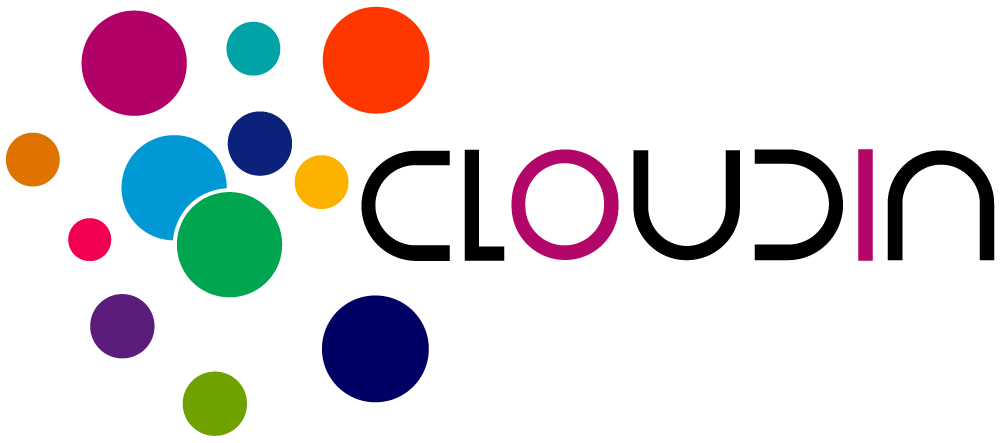Every day, we come across several types of computer software that facilitate our tasks and boost productivity. From MS Windows, which welcomes us when we switch on the system, and the web browser we use to surf the internet to the games we play on our computer to the calorie burn counter on our smartphone, these are all instances of software.
In this world of technology, we even come across numerous software development developments that facilitate the propagation of our business. We are encircled by software that makes our lives stress-free. Are you aware that these software programs fall into various types? Now, you could be thinking, How many types of computer software are there?
Primarily, there are three types of computer software: system, programming, and application software. In this blog post, let us discover these types of software with examples and the differences between them.
What are the 3 types of computer software? The Most Important Types
Before we discover the different types of computer software, let’s first understand what it essentially is. In simple terms, computer software denotes a set of instructions and programs that tell a computer how to accomplish particular tasks. It works as an intermediary between the user and the hardware—the physical components of a computer—decoding your instructions into actions that can be carried out by the computer.
Computer software can be divided into three main categories: system software, programming software, and application software. System software comprises operating systems, device drivers, and utility programs that manage and handle the primitive operations of a computer. On the other hand, application software entails programs intended to accomplish particular tasks, such as word processing, video editing, or gaming.
Apart from system and application software, the other types of computer software are: mobile software, web software, gaming software, and artificial intelligence software. Of course, each one of these is formed to help with a specific task or develop the overall efficiency of the computer or mobile device.
What are the differences between system and application software?
System and application software are two different types of computer software, each playing a critical role in the functioning of a computer system. Here’s a breakdown of their basic differences:
System Software:
Objective: System software is the initial framework that allows the hardware to function and offers a platform for running application software. It handles the hardware components and permits higher-level software to amalgamate with the system.
Instances: Operating systems like Windows, macOS, Linux, and device drivers are instances of system software. Moreover, utility programs such as antivirus software, disk defragmenters, and system maintenance tools are considered part of the system software type.
Function: System software handles the computer’s resources, comprising memory, processors, storage, and peripheral devices. It enables communication between hardware components and ensures the proper working of the complete system.
User Interaction: Normally, users interact less openly with system software, as it mainly works behind the scenes to assist the operation of the computer and the implementation of application software.
Application Software:
Objective: Application software refers to programs intended to perform particular tasks or functions for the user. It is generated to fulfill various user requirements like word processing, graphic design, gaming, accounting, and more.
Instances: Instances of application software comprise web browsers like Chrome and Firefox, productivity suites like Microsoft Office and Google Workspace, video editing software like Adobe Express video editors, games, and several mobile applications.
Function: Application software is personalized to perform tasks according to user prerequisites. It leverages the resources system software provides to perform particular functions and offers solutions serving many fields and industries.
User Interaction: Unlike system software, application software directly involves users by offering interfaces through which they interact and achieve tasks associated with their requirements or interests.
In essence, while system software functions behind the scenes to handle the computer’s resources and offer a platform for running applications, application software serves the end-users by addressing their particular requirements and allowing them to achieve various tasks on their computing devices. Understanding the difference between system and application software is vital to knowing how computers function and how users interact to accomplish different errands.
What are the types of application software?
Application software encompasses a diverse range of programs tailored to meet specific user needs and preferences. Some common types of application software include:
Productivity Software: This type of computer software includes programs such as Microsoft Office, Google Workspace, and Adobe Creative Cloud, which are used for tasks such as word processing, spreadsheet management, presentation creation, and graphic design.
Entertainment Software: From video games and multimedia players to streaming platforms and computer-generated reality experiences, entertaining software offers users an extensive range of entertaining actions and entertainment opportunities.
Educational Software: Educational software is designed to enable learning and knowledge acquisition. Examples of educational software are interactive tutorials, language learning apps, virtual laboratories, and educational games.
Communication Software: Communication software allows users to connect and cooperate with others over digital platforms. Email clients, instant messaging apps, video conferencing tools, and social media platforms are all examples of communication software.
Business Software: Business software is intended to simplify and optimize several business processes and operations. Enterprise resource planning (ERP), customer relationship management software (CRM), accounting programs, and project management tools are types of business software.
What are the benefits of application software?
Several businesses are investing in developing custom application software for their business models. After custom application software development for businesses, they can leverage the numerous benefits listed below.
- It helps save time and intensify efficiency.
- It helps decrease faults and increase accuracy in errands.
- It can be accessed from different devices, making it handy to use.
- It can be customized to meet particular needs.
- Automates monotonous tasks to free up time for other work.
What is computer software testing?
Computer software testing is a significant stage in the software development process, intended to recognize and fix faults, mistakes, and vulnerabilities in a software system. It includes various techniques and methodologies to ensure the quality, trustworthiness, and security of the software product.
Common types of computer software testing include:
Unit testing: testing individual sections or modules of the software to make sure they function appropriately in seclusion.
Integration testing: testing the interaction between different sections or modules to make sure they work properly together.
System testing: testing the complete software system as a whole to authenticate its compliance with specified necessities and functionality.
Acceptance testing: testing the software from the end-user’s viewpoint to make sure it meets their expectations and necessities before deployment.
How difficult is software development?
Software development is a complicated procedure that requires a combination of technical skills, creativity, problem-solving abilities, and collaboration. The difficulty of software development varies depending on aspects such as the difficulty of the project, the technology stack used, the size and proficiency of the development team, and the project’s timeline and budget limits.
While software development can be puzzling, it also offers enormous opportunities for innovation, creativity, and professional growth. With the precise skills, tools, and mindset, developers can overcome difficulties and create software solutions that address real-world problems and enhance our lives.
Understanding – What Are the 3 Types of Computer Software?
This was all about the types of computer software. As we use various software every day to achieve different errands, it is essential to know their classification. System software and applications are the two main types of computer software offered out there. The primary is the core of any computing system, whereas the second is intended for a particular purpose.
Computer software is an essential part of our lives, from the apps on our phones to the programs we use for work. With the growing demand and developments in technology, the creation and delivery of high-quality software have become indispensable. The best software development company in Tirupur strives to offer top-of-the-line software solutions that cater to your clients’ particular requirements and make their lives stress-free. Their team of skilled mavens follows a systematic tactic to develop, test, and maintain software that meets the highest standards of quality and functionality.


